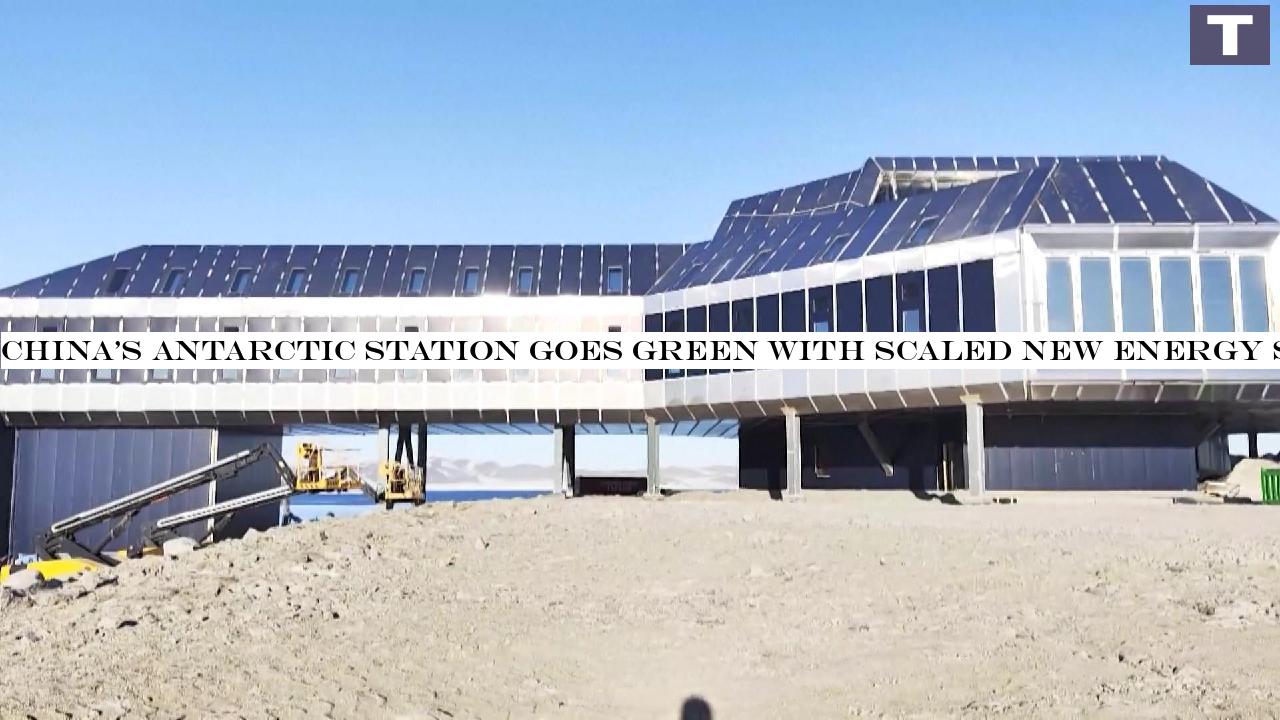
Chinas Qinling Station in Antarctica launched a pioneering hybrid power system in March, integrating wind, solar, hydrogen and diesel energy, marking the completion of the nations very first massive tidy energy project on the continent.The system was developed to utilize renewables to supply 60 percent of the stations power, and is anticipated to cut yearly nonrenewable fuel source usage by over 100 tonnes, highlighting Chinas push for greener polar research.The station has installed 100-kilowatt wind turbines, 130-kilowatt photovoltaic panels, a 30-kilowatt hydrogen setup, and a 300-kilowatt-hour-capacity low-temperature battery, according to a member of Chinas 41st Antarctic exploration team.
This system indicates a shift from nonrenewable fuel sources to sustainable energy in Antarctic exploration, stated Sun Hongbin, a leading polar energy researcher and president of Taiyuan University of Technology in north Chinas Shanxi Province.The task, established through lab simulations, real-environment tests and on-site trials, took shape in the universitys polar environment tidy energy lab.Inside the lab, scientists replicated Antarcticas brutal conditions: temperature levels as low as minus 50 degrees Celsius and winds hitting 60 meters per second.
A simulation research cabin simulated the stations living quarters, and outdoor chambers blasted artificial snowstorms.
Extreme cold and gales are the greatest obstacles.
Lab simulations improve devices dependability and safety, stated Dou Yinke, dean of the universitys school of electrical and power engineering.During windless, sunless periods, the system can power the stations 150-kilowatt optimum load for two-and-a-half hours.
Its hydrogen systems can also offer 30 kilowatts of nonstop electrical energy for 14 days during polar nights.Sun emphasized the new systems dual advantages: slashed costs and security for Antarcticas fragile ecosystem.Despite the substantial technical challenges in establishing tidy energy systems in Antarctica, the recent accomplishment of Qinling Station achieving a 60-percent renewable resource utilization rate is noteworthy, according to Kim Yea-dong, previous president of the Scientific Committee on Antarctic Research.Qinling Station, Chinas 5th Antarctic base, started operations in February 2024.
Plans are underway to broaden the design to Chinas other polar stations, and to adapt it to other harsh environments worldwide.(Cover: Chinas Qinling Station is under building and construction in Antarctica, December 31, 2024./ VCG)

 13
13






